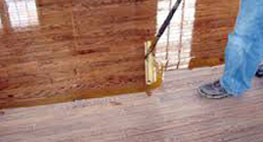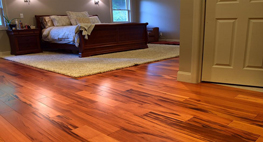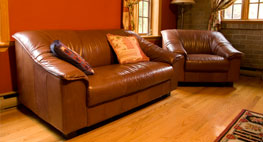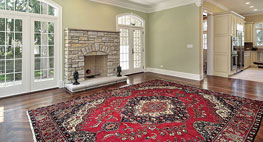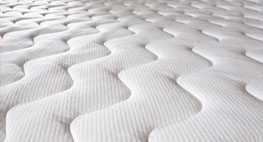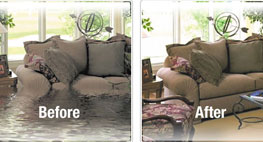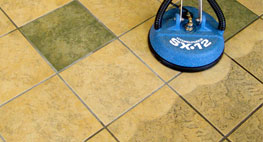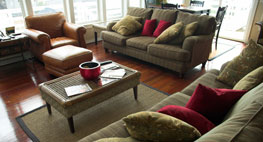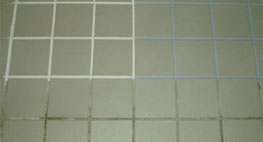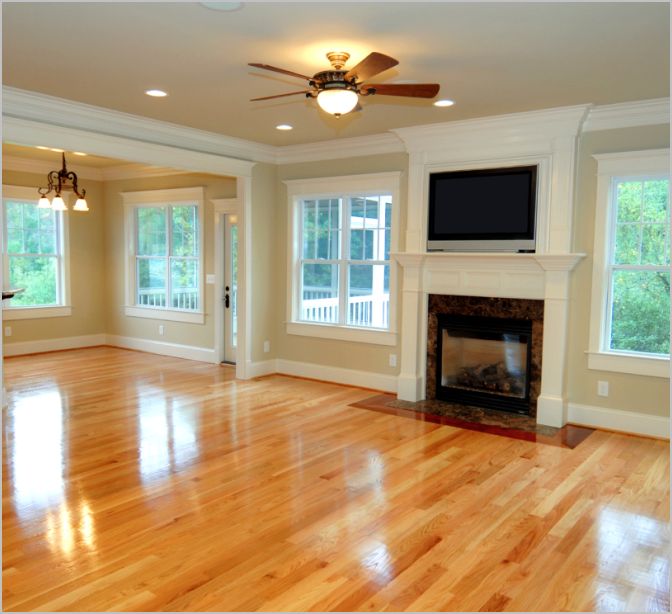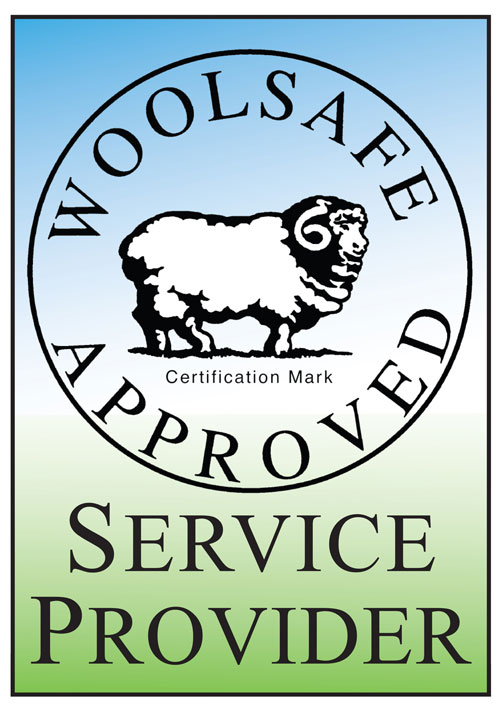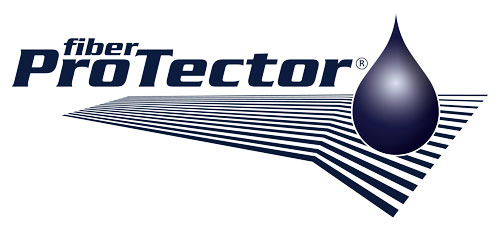There are several terms relating to the manufacturing process which need to be understood before we actually discuss carpet pile designs.
- Gauge
The distance between the needles on a tufting machine. The gauge is expressed in fractions of an inch, and refers to the number of nee-dles which are positioned across the width of the tufting machine. - Pitch
The distance between the stitches made by the needles (the distance which the backing material travels before the needle inserts the next tuft). Pitch is expressed in terms of the number of tufts per inch. - Density
The closeness of the pile yarns. Density refers to the closeness of the pile yarns, and is an indication of both gauge and pitch. It is meas-ured by the number of ounces per yard. Generally, the higher the density, the better the quality of the carpet. - Face Weight
The weight, expressed in the number of ounces per yard of fiber extending above the primary backing.
These factors (gauge, pitch, density and face weight) all have direct effects upon each of the others. For instance, if the density increases with the pile height remaining the same, the face weight will increase. Or if the pile height increases with the density remaining the same, the face weight will increase.
The rest of this information will be based on Cut-Pile designs (59% of the current market), Loop-Pile designs (28% of the market), and Cut and Loop-Pile combination designs (13% of the market).




